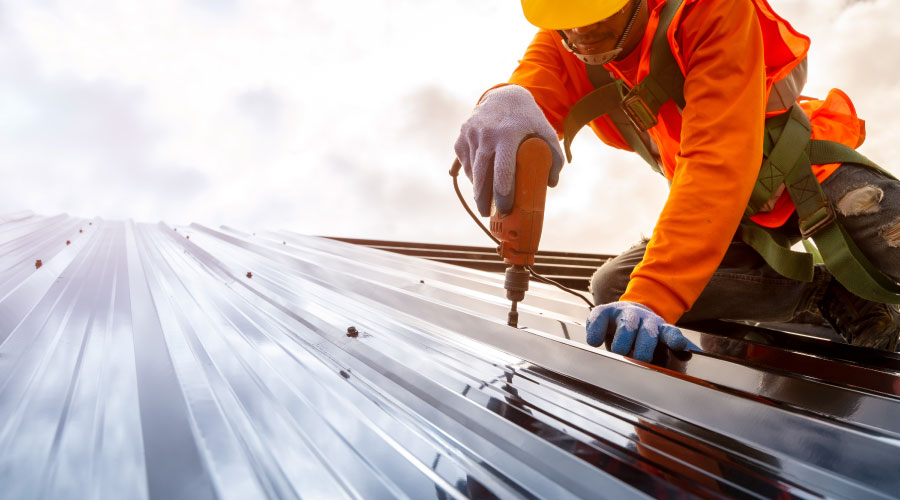Green Roofs: The Durability-Sustainability Link
Many aspects of the environmental impact of roof systems either are difficult to predict or vary widely, but durability is a well-studied attribute and fundamental to sustainability. Systems with long service lives require replacing less often, so they need fewer raw materials to produce and create less waste.
This point is significant because 6-9 million tons of discarded roofing materials go into landfills in the United States annually. Although the service life of a roof depends greatly on the quality of the design and installation, managers need to consider the varying durability between popular systems.
Properly installed vegetative roofs offer respectable durability. Many manufacturers claim their products have service lives of 20 years or longer. This performance, combined with many other benefits, allows vegetative roofs to be considered green in terms of longevity.
Single-ply membrane reflective roofs, such as polyvinyl chloride and thermal polyolefin membranes, might suffer from a relative lack of durability compared to other systems. Depending on the membrane, managers can expect a single-ply reflective roof to last about five years less than a built-up, asphalt-based alternative. This shorter life span and the varying energy benefits go against the true definition of a green roof.
So reflective roofs might not be truly sustainable options in many cases when considering the three tenets of sustainability, despite faring well according to LEED and Energy Star. Although traditional roofs generally are not seen as sustainable, much less green, their solid performance in terms of durability deserves some recognition. By potentially lasting longer than a single-ply reflective system, a built-up asphalt roof compares favorably in terms of life-cycle environmental impact.
The many options available for roofing design can complicate the process of choosing a system, especially when managers aim to maximize building sustainability. Vegetative, reflective and various traditional roof systems each offer different benefits and limitations under different conditions.
Certainly one size does not fit all when it comes to a green roof option. But by considering all three tenets — minimizing the environmental burden, saving energy, and extending performance life — the definition of a green roof can evolve to better reflect overall sustainability.
When managers apply this definition in common roofing design and consider the environmental effects of a roof over its entire life cycle, buildings will be more sustainable, no matter what color the roof might be.
Laura M. Cavanaugh is a staff engineer with Facility Engineering Associates, P.C. She is an active member of the firm’s Sustainability Task Force and participates in the company’s roofing consulting projects.
Related Topics:













